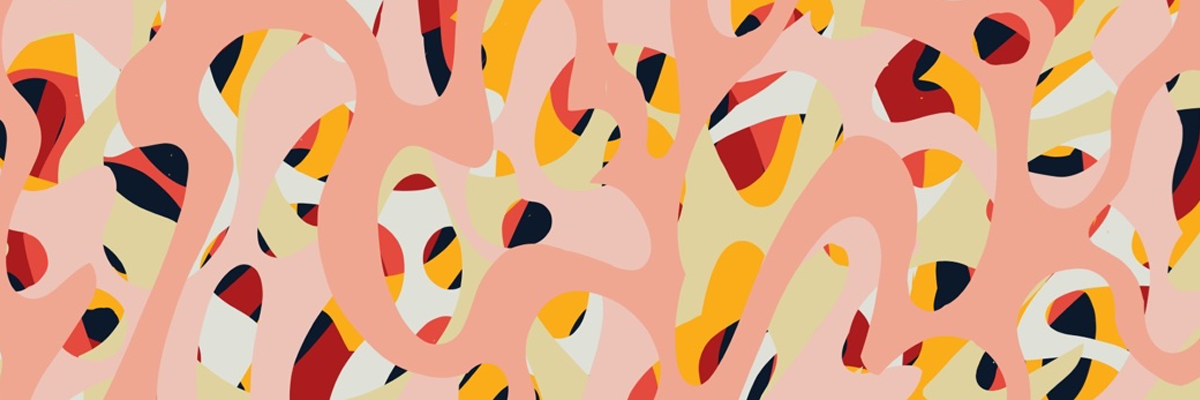
Issue No. 1 Letter from the Editors
September 30, 2016
Essays
Painter Alex Katz is so closely attuned to the fashion scene, specifically to the New York fashion scene, that it could be said that he has at times created or at least anticipated major shifts in it. Even his "sweet, unassuming" paintings have a predictive quality to them. Indeed, Katz and fashion form a kind of symbiosis.
Possessing a peculiar manner of epistemic functioning, an invitation made out of a fabric sample, a press release written in the shape of a poem, or a blurred image of a garment printed in a catalogue can trigger sensorial knowledge about fashion.
In an industry that doesn’t like to talk about race (let alone blackness), it’s rare for designers, who identify as black, to readily insert identity politics into their brands. The fear, perhaps, emerges from the fact that doing so could pigeonhole them into a singular narrative of blackness – one that could result in them being unattractive to customers, investors, and the media.
What We're Wearing
Histories
Ruby Bailey, Zelda Wynn Valdes, and Ann Lowe were three very different designers, united by their experiences as black female designers in mid-century New York City. Despite their differing design aesthetics, they faced the same racial and gender discrimination in their efforts to make names for themselves as designers in a burgeoning fashion capital.
Alongside the continual expansion of the ready-made clothing industry, women’s national position was indeterminate and peripheral, situated as they were at the end of a twenty-year period that saw no legislation for women’s rights (between suffrage in 1945 and the amendment of the marriage law in 1965). Imagery in the fashion press and distribution in boutiques foregrounded this new clothing culture, and symbolized the potential for women to shape their selves and lifestyles during a time in which their autonomy and agency hung in the balance.
Reviews
Learn about the interesting background of the historied Japanese boro technique as Alina Osokina reviews the exhibition Boro Textiles: Sustainable Aesthetics at the Japan Society.
The Manchester Art Gallery (June 24-October 30, 2016)
By Sharon Sadako Takeda et. al
By Louise Coffey-Webb
The Museum at FIT (May 20-November 19, 2016)
The Metropolitan Museum of Art (May 5-September 5, 2016)
Notes from the Field
Notes from the Field is a recurring column written from behind the scenes by Fashion and Fashion Studies professionals across all disciplines. We highlight process, showing readers how it looks and feels to be blazing trails in this exciting new field.
As academics, we’re taught to share our research by writing articles and books. These tools focus on the written word and our words are the primary means by which they’re framed. But what does the written word leave out? Whose stories are lost in the process of academic writing? By using the fashion show in research, I discovered a new method to share our work—a method which expands who knows and how we know in fashion studies and beyond.
The old rules are gone, crushed under the Nikes and Birkenstocks of our fathers, but in their place? Ruins. This is the general sentiment of the Styleforum crowd, a group of online menswear aficionados, who gathered en masse for the first iteration of a new, high-end trade show called “Proper Kit,” presented by Styleforum.




















